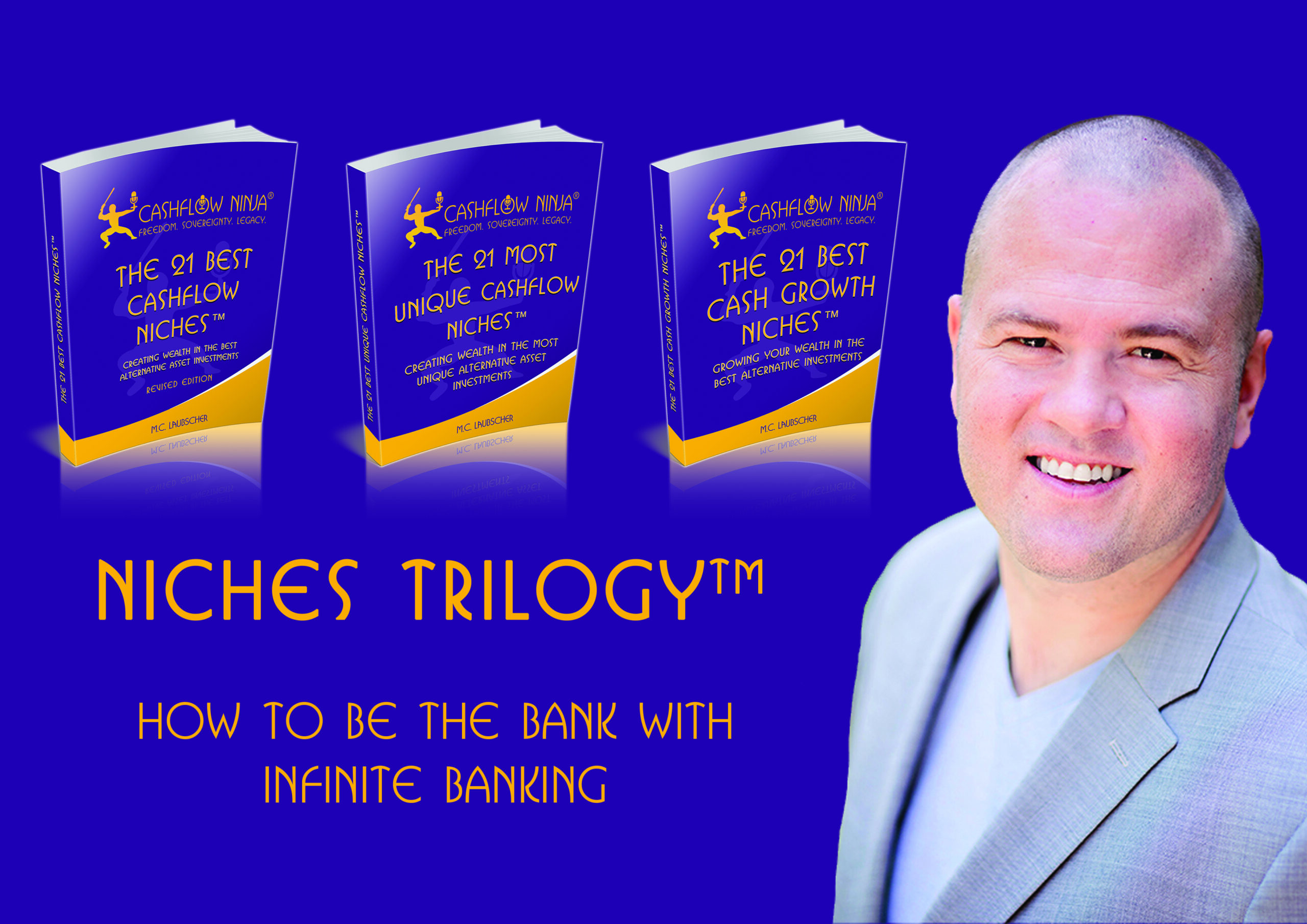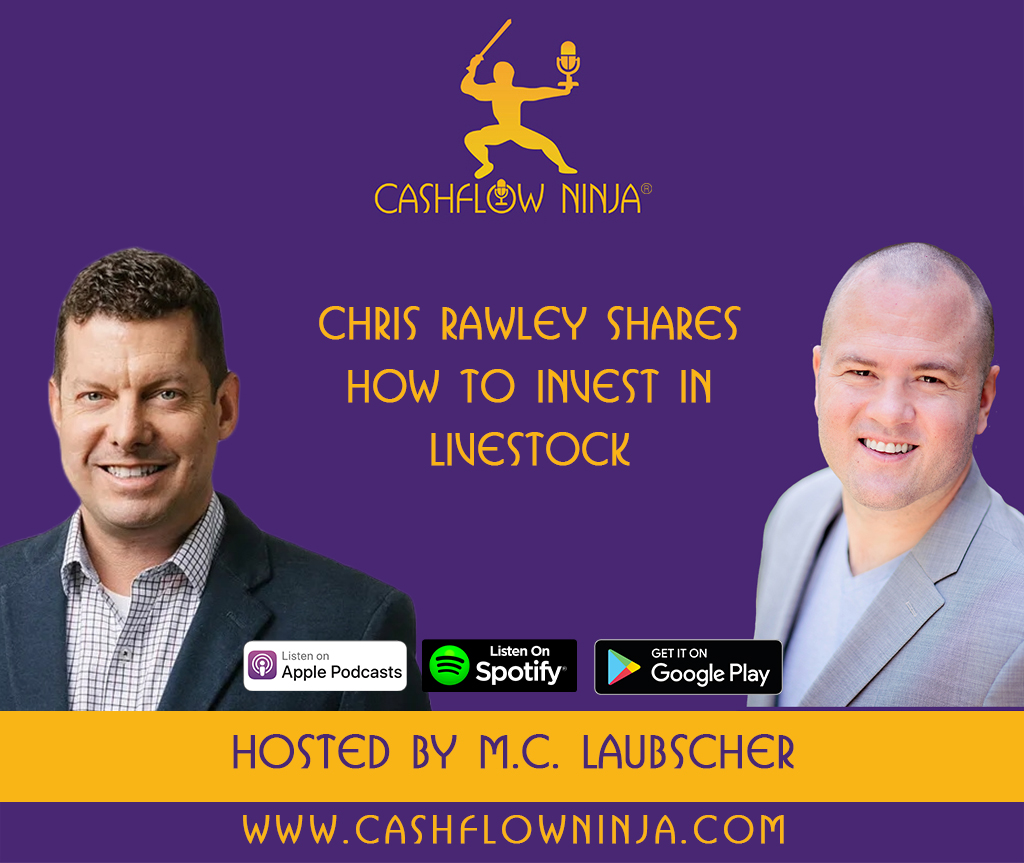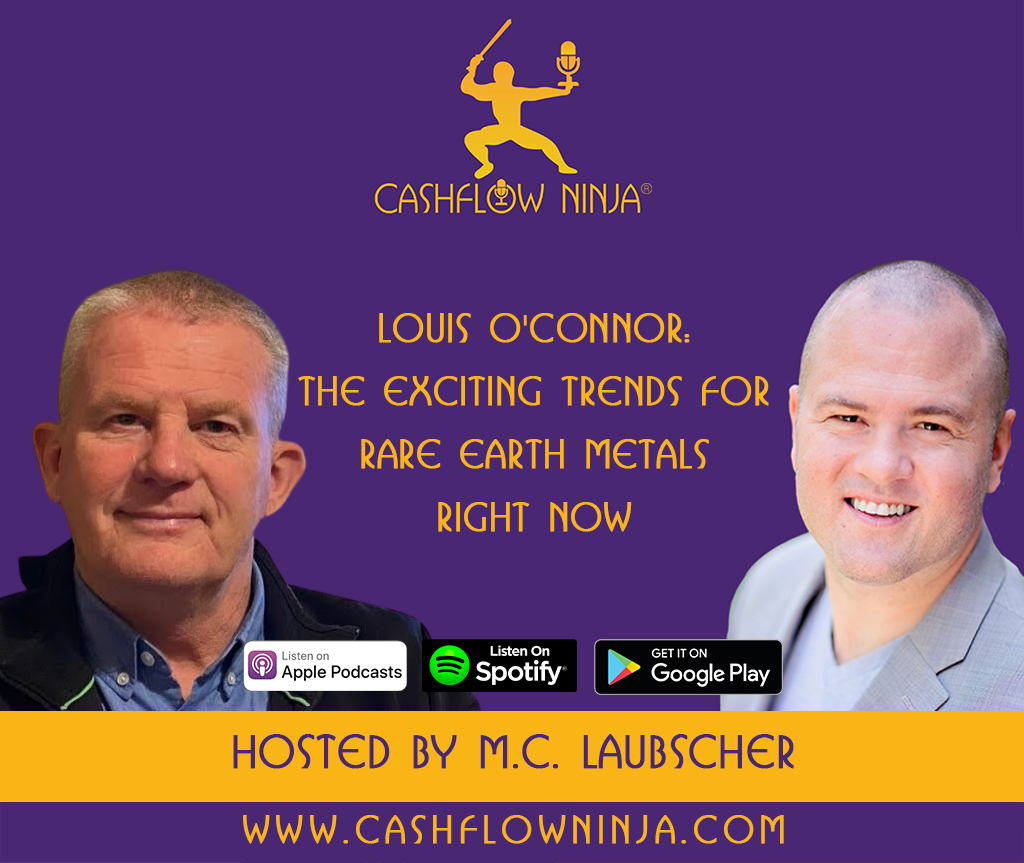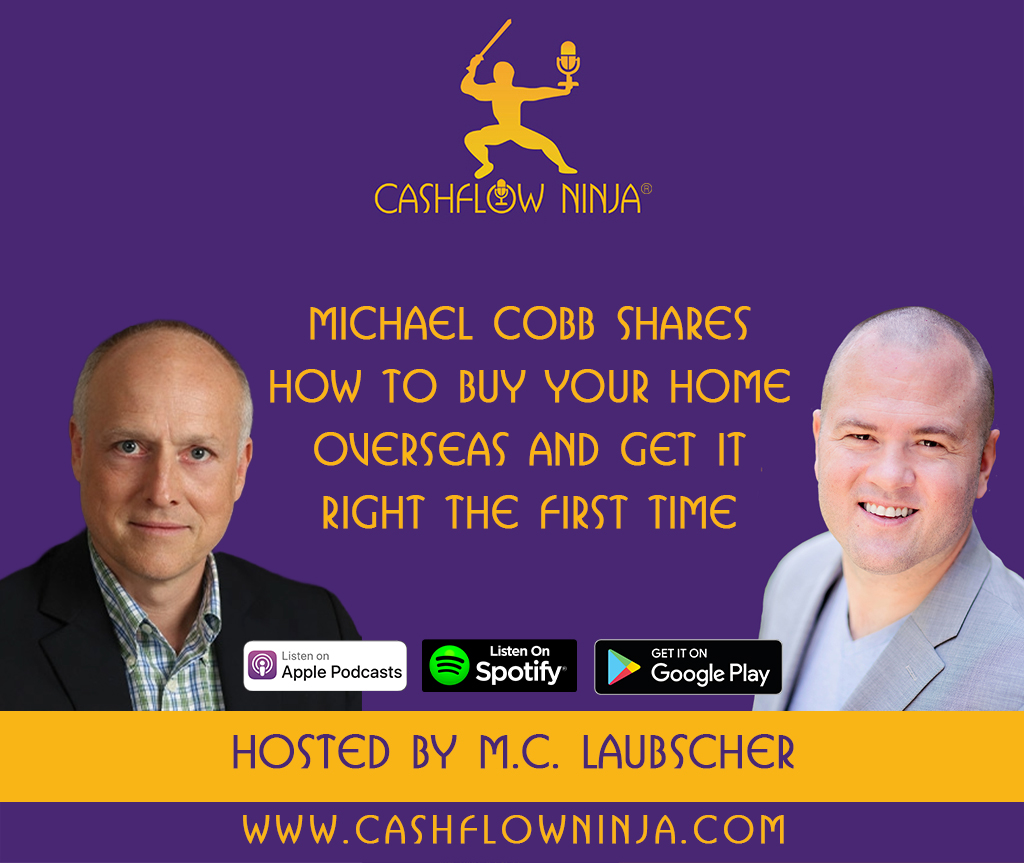
Infinite Banking is a strategy where families and individuals can become their own bank.
At its core, Infinite Banking uses a mutual insurance carrier’s dividend-paying whole life insurance policy to create a family and personal financing system.
Infinite Banking transcends traditional financial management by leveraging the unique features of whole life insurance. It allows policyholders to accumulate wealth within a life insurance policy, earn dividends, and borrow against the cash value. This cash value acts as a personal line of credit that policyholders can use at their discretion, offering a combination of growth, security, and liquidity.
Dividend-paying whole-life policies issued by mutual insurance carriers are instrumental in Infinite Banking. Unlike stock insurance companies, mutual insurance carriers are owned by the policyholders, not shareholders. This means policyholders benefit from the company’s profits through annual dividends. These dividends can pay premiums, purchase additional coverage, or accumulate within the policy, enhancing the cash value.
Infinite Banking is a strategy widely embraced by banks, corporations, ultra-wealthy individuals, and family offices for several reasons:
Capital Warehousing: It serves as a secure repository for capital, earning a steady rate of return through dividends.
Liquidity: The cash value provides liquidity that can be accessed via policy loans to cover expenses or take advantage of investment opportunities.
Cash Flow Management: It offers a flexible cash flow management system, allowing entities to strategically finance their operations or investments.
Tax Advantages: Whole life policies offer tax-free growth of cash value, tax-free policy loans, and tax-free distribution through advanced strategies, a significant benefit in wealth management and estate planning.
Individuals can adopt Infinite Banking by taking policy loans against their whole life insurance to finance family and personal investments, such as real estate, stocks, or business ventures. The policyholder can set their repayment terms, maintaining control over their cashflow. This strategy can be compelling when used to invest in alternative assets that offer higher returns.
The strategy allows individuals to earn returns on the policy’s cash value through dividends and alternative assets funded with a policy loan secured by the cash value.
The concept of having your money work in two places simultaneously is the power of the strategy.
The critical point is that when you borrow against your policy, you’re not withdrawing from it; you’re taking a loan from the insurance company using your policy’s cash value as collateral.
There are two profit centers in this strategy:
Within the Policy: Your cash value continues to earn dividends and interest as if you hadn’t touched it because, technically, you haven’t. The insurance company is giving you a loan while your cash value remains intact and continues to grow tax-free.
The Investment: At the same time, you’re using the loan to invest in an alternative asset that could yield a higher return. Any returns you earn from these investments are separate from your policy’s cash value growth.
This process allows your money to grow in two places simultaneously: it compounds within the insurance policy and works for you in the alternative assets. When managed wisely, this strategy can significantly enhance your overall financial growth.
By using your policy as collateral for loans, you can access capital without interrupting the compounding interest in your policy. Furthermore, the loan typically has a lower interest rate than conventional loans, and repayment terms are flexible. This strategy effectively allows you to be both the saver and the borrower, keeping the interest within your economy.
Case Study
John, a 40-year-old software engineer with a passion for real estate, discovered the concept of Infinite Banking and was intrigued by the potential to grow his wealth tax-free. He had diligently contributed to a whole life insurance policy with a mutual insurance company for several years and built a considerable cash value.
John wanted to use his policy’s cash value to invest in real estate without sacrificing the policy’s growth and the financial security it provided for his family.
John implemented the Infinite Banking Concept by taking out a policy loan against the cash value of his whole life insurance. This loan gave him the capital to pay down a rental property.
The Dual Advantage
Continued Growth of Policy: Even after borrowing against his policy, John’s cash value continued to earn dividends and interest, compounding and increasing his death benefit.
Real Estate Investment: John used the loan to purchase a cash-flowing rental property. The rental income not only covered the mortgage and operational costs of the property but also allowed him to pay back the policy loan over time.
Financial Outcomes
Tax-Free Policy Loan: The loan from his whole life policy was tax-free, and since it was technically not an income, it did not incur any income tax liability.
Uninterrupted Compounding: John’s policy’s cash value grew tax-free, thanks to the dividends and interest, as if he hadn’t touched it.
Real Estate Appreciation: Over time, the property appreciated, adding to John’s net worth.
Rental Income: The property generated steady rental income, contributing to John’s cashflow and allowing him to repay the policy loan.
Tax Benefits
Policy Growth: The growth within the life insurance policy remained tax-free.
Real Estate Tax Advantages: John took advantage of depreciation, mortgage interest deductions, and other real estate-specific tax benefits.
Once John repaid the policy loan, he could borrow against the policy again to invest in additional properties, further expanding his real estate portfolio.
By leveraging the Infinite Banking Concept, John successfully used his whole life insurance policy as a financing tool to invest in real estate, creating two simultaneous streams of wealth accumulation. His money continued to compound tax-free within the policy, and his real estate investment provided additional income and capital gains. This dual strategy enhanced John’s financial stability and set a foundation for a prosperous retirement.
The Rich Person’s Roth
The Wall Street Journal has referred to the Infinite Banking Concept strategy as “The Rich Person’s Roth IRA” because, like a Roth IRA, it offers tax-free growth and withdrawals under certain conditions.
However, Infinite Banking has different contribution limits, income limits, or mandatory distribution rules than a Roth IRA, making it an attractive wealth-building tool for high earners who might not qualify for a Roth IRA.
What the Wall Street Journal was trying to tell you is that there is a vehicle that is more powerful than a Roth IRA.
How Is Infinite Banking more potent than a Roth IRA?
Infinite Banking offers greater control over your money. Policy loans can be taken out anytime for any reason without the need for qualifying events or fear of penalties. This contrasts with a Roth IRA, where early withdrawals of earnings may incur taxes and penalties if specific conditions are not met.
A Roth IRA has annual contribution limits, which can restrict how much money you can put away each year. In contrast, with Infinite Banking, you can contribute as much as you can afford and as your policy will allow, which could be significantly higher than the limits set for a Roth IRA.
Roth IRAs have income limitations; high earners may not be eligible to contribute directly to a Roth IRA. Infinite banking does not have income limits, making it accessible to individuals at all levels.
While Roth IRAs allow certain withdrawals without penalties, they are not designed to act as a personal lending platform. The cash value in a whole life insurance policy can be borrowed at any time, allowing you to access funds and use them as you see fit, including investing in business opportunities or covering unexpected expenses.
When you take a loan against your whole life insurance policy’s cash value, your entire cash value continues to earn interest and dividends as if the loan were never taken. This allows for uninterrupted compounding, invalid if you withdraw funds from a Roth IRA.
Both the Roth IRA and Infinite Banking offer tax-free growth. Still, Infinite Banking also provides a death benefit typically passed on to beneficiaries tax-free, which is not a feature of the Roth IRA.
The death benefit of a whole life insurance policy used in Infinite Banking can play a significant role in estate planning. It provides a tax-free inheritance to beneficiaries, which can exceed the money saved in the policy’s cash value.
Whole life insurance policies often come with guaranteed cash value growth, which can provide a predictable and steady increase in your policy’s value. While Roth IRAs offer significant growth potential, the returns are often subject to market fluctuations.
If your whole life insurance policy is with a mutual insurance company, it may pay dividends, which you can use to pay premiums, purchase additional insurance, or take cash. This is an added benefit that Roth IRAs do not offer.
In some jurisdictions, the cash value in whole life insurance policies is protected from creditors, offering financial security that may not be available with Roth IRA assets.
Infinite Banking represents a paradigm shift in personal finance. By leveraging the financial strength and stability of a mutual insurance carrier’s whole-life policy, you can create a reservoir of capital that grows tax-free, remains accessible, and can be passed on to future generations. This strategy requires a long-term perspective, discipline, and the guidance of a knowledgeable Infinite Banking Concept practitioner specializing in designing these policies for Infinite Banking purposes.
If you want to learn more about Infinite Banking and how to set up your own personal or family banking system, you can access a complimentary course at www.cashflowninja.com/infinitebanking.
Share This
Related

840: Chris Rawley: How To Invest In Livestock
My guest in this episode is Chris Rawley. Chris is a retired Navy Reserve Captain, founded Harvest Returns in 2016 to democratize agricultural investments. During his 30-year military career, Rawley served in leadership roles across naval, expeditionary, and joint special operations units, deploying to regions such as Afghanistan, Iraq, Africa, the Middle East, and the…

839: Louis O’Connor: The Exciting Trends For Rare Earth Metals Right Now
My guest in this episode is Louis O’ Connor. Louis is the Founder, and Principal of Strategic Metals Invest. We are the only industry supplier in the world to offer private investors the option to purchase and profit from owning Strategic Metals. The investment play is exactly the same paradigm as investing in Precious Metals,…

838: Michael Cobb: How To Buy Your Home Overseas And Get It Right The First Time
Our guest today is Mike Cobb, co-founder & CEO of ECI Development and President of Gran Pacifica. Named among the “100 Outstanding CEOs in Central America” by Mercados & Tendencias, Mike left a successful career in the computer industry to pursue opportunities in the emerging real estate markets of Central America. In 1996, he co-founded…
